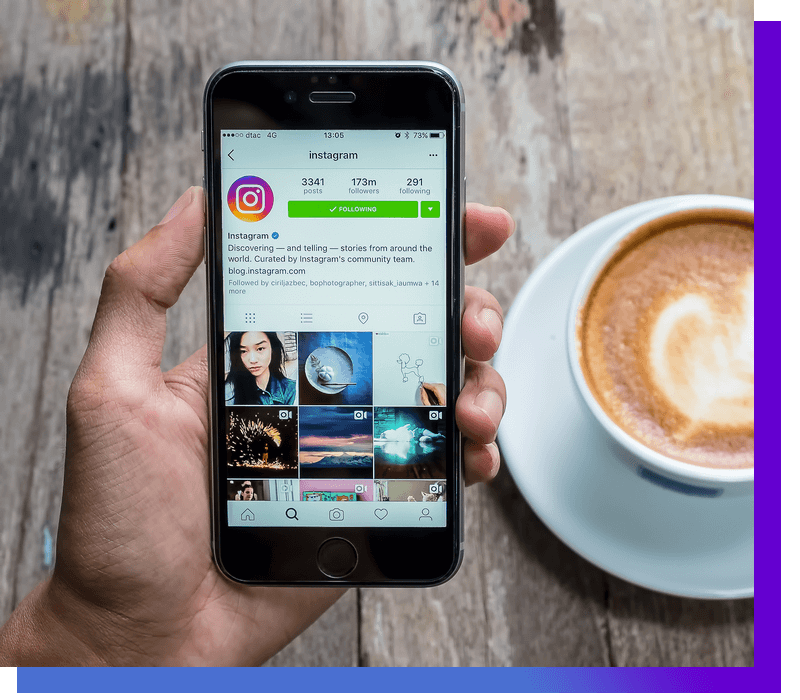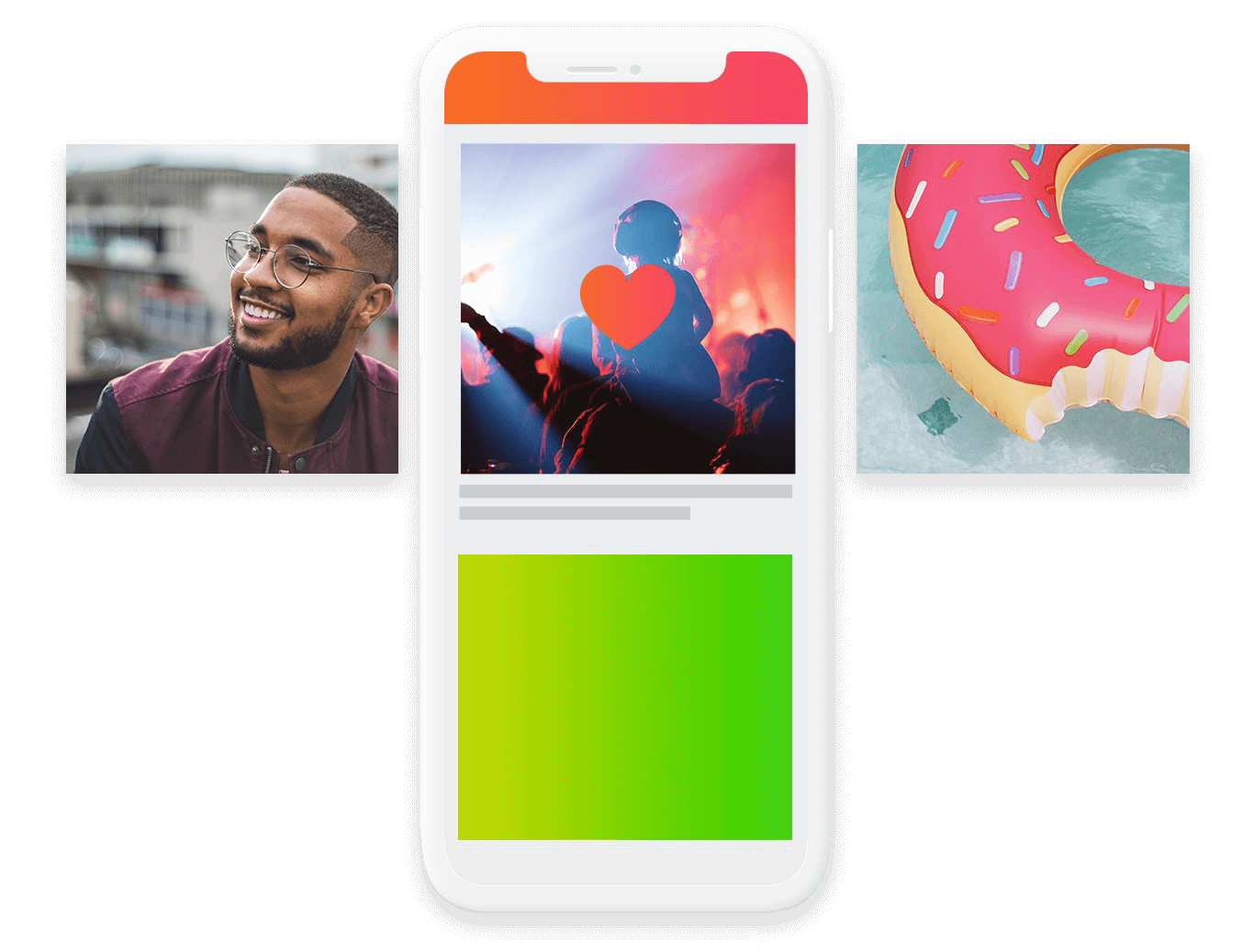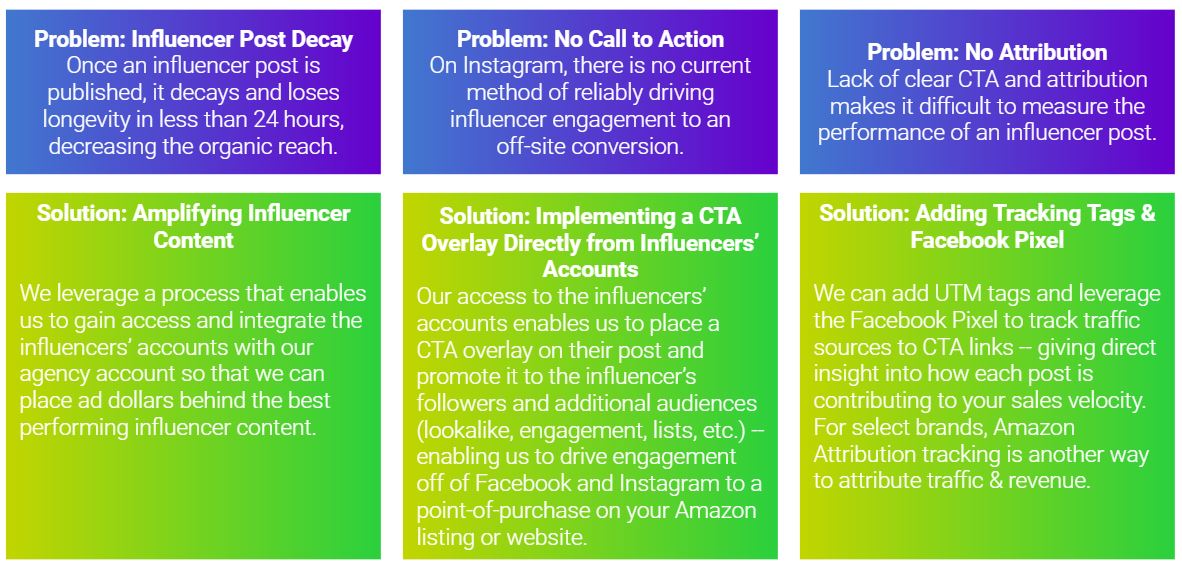How to Work with Influencers


Influencers have a strong presence online and on social media, and publish content that engages their audience and strengthens their following. In this article, we will take a closer look at the power an influencer can offer to boost your brand and product(s) and how to best work with an influencer to maximize your opportunity.
We will cover:
An influencer is an individual who can affect the opinions and purchasing decisions of a large group of people. This authority can come from a higher social status, knowledge of a specific topic or niche or their relationship/popularity with the audience.

Influencer marketing is when a business and an influencer work together to promote a specific brand, product or service. The influencer publishes a post that features something the brand would like to promote, and shares it with their audience.
This benefits the brand on many different levels:
Does this actually work? We’ll let the numbers speak for themselves:
So now that we’ve covered what influencers are and what they can do for you, let’s go into how one actually works with them.
Influencers can be broken down into four major categories:

Celebrities are the original influencers. Businesses have been tapping celebrities for promotions since the gladiators graced the Roman arenas. Celebrities are “mega-influencers” with millions of followers and who are known across multiple industries.
Brands who work with celebrity influencers can cost marketers a hefty amount–sometimes reaching up to six figures. Also, relatively few celebrities are willing to collaborate with brands in this manner these days, except if it’s something the celebrity already uses and enjoys.
In order to get the most from celebrities, brands have to ensure the celebrity is popular with and relevant to your target audience. Brands can sometimes see a lift in sales after the post is published, but one cannot guarantee the amount of influence a celebrity actually has over their audience’s purchasing habits.
Thought leaders or key opinion leaders (KOLs) have a deep knowledge on a particular topic or niche, or work in a specific organization, and are known as authorities within their field. A thought leader’s audience is much smaller than a celebrity’s, and their field is much narrower. This is a good thing, as it makes it much easier for brands to reach a target audience and ensure they release relevant content.
Examples of thought leaders include:
Thought leaders tend to work better as “organic” influencers, who are not paid to promote a brand, but do so because there is genuine interest behind the brand and their product. These days, one can see thought leader collaborating more often with bloggers and content creators by providing quotes or research.
Blogs have been powerful online presences for a very long time, and although video platforms like YouTube have overtaken them in raw view numbers, they are still highly influential in their specific niches. From parenting blogs to personal development to professional industries (e.g. marketing or software development), blogs cover a wide range of niches with their own dedicated following.

Brands can contribute directly to blogs by offering guest posts, but these will only work if the post stays relevant to the blog’s target audience. Obviously promotional posts will hurt both the brand’s and the blogger’s credibility with the core audience, so most bloggers are very selective about which guest bloggers they work with.
YouTube content is also a popular channel for influencers, and brands work regularly with YouTube personalities to promote products and services. Due to recent backlash from fans and the government–especially in the videogame industry–both the influencers and brands have to be open and transparent with audiences about which parts of their content are sponsored.
Micro-influencers are ordinary people who have become popular with audiences in a very specific field or niche. Their follower counts are relatively modest compared to that of celebrities, but micro-influencers have a very strong relationship with their followers and interact with them more closely. As a result, micro-influencers are very protective of that relationship and are less likely to a cooperate with brands that aren’t a fit..
A brand can ask micro-influencers to share on online review, post a promo code, or include the product in one of their Instagram posts. Because micro-influencers have high interaction with their audience, they will be more likely to field questions about the product from their audience than celebrities. So it’s worth arming them with additional information to help facilitate this.
No matter what industry, market or audience your influencer is in, there are certain best practices that are universal if you want your influencer marketing campaign to succeed.
1. Choose your influencers carefully
It’s easy to find the person with the most followers online and just throw them a pitch. But that would also be wrong.
Popularity isn’t what defines the ideal influencer; it’s relevance. Their stories have to align with yours, and their audience has to be similar to yours, too. If you sold golf clubs and you partnered with a basketball player, what do you think the result would be? A whole lot of wasted money, that’s what.
Honestly, it may not even get to that point. Influencers are highly protective of their audience and ignore pitches that are obvious mismatches.
Carefully consider your influencer’s niche and make sure they’re appropriate for your brand. It increases the chance they’ll entertain your pitch, and that the audience will be receptive. Personalize your pitch to them so they know you value them as individuals, and make it clear you are providing value for their audience as well.
2. Don’t rely on a single influencer
Don’t put all your eggs in one basket. Just because an influencer is popular within your niche, doesn’t mean everyone in that niche is a fan of that single individual. This is especially true for micro-influencers, who by their very definition have relatively small (albeit dedicated) followings.
Instead, approach multiple influencers to increase your campaign’s reach. By engaging multiple audiences, you’ll also be able to get multiple perspectives on your brand and show value in different ways.
3. Set campaign goals
The worst thing you can do is to hire an influencer without a specific idea of what you want them to achieve.
“Historically, influencer marketing has been reserved for Fortune 500 companies and celebrity influencers, but the tide is rapidly turning towards wider accessibility. Large-scale influencers are modern-day equivalent to TV buys where audience and success metrics are implied, not precisely measured. Most influencer marketing still lives within companies’ branding departments and aren’t held to direct-response goals.”
– Sarah Sanchez, Sr. Manager, Social Strategy at Tinuiti

The first thing you should do is define your campaign goals. The more specific and measurable the better. Perhaps you want to drive conversions, or increase your brand’s followers, or be known within a new market.
Then, once those are defined, start looking for influencers who can help you accomplish those goals. Look at the type of content they publish and how they interact with their users. Will they help you meet your targets? If so, then you’re golden!
4. Give influencers creative control
Don’t try to micromanage how the influencer will produce the content. It’s the influencer’s channel, the influencer’s audience and the influencer’s name. You’re just riding the wave. The influencer should be given creative control over how they want the sponsored content to go.
You can (and should) set guidelines, though. Things like standards of behaviour, timeliness of the sponsored posts, and the kind of responses the influencer should have when engaging audiences are vital to protecting your brand.
Influencers are a polarizing topic for marketers, with their own supporters and detractors. In truth, influencer marketing will only be as effective as how smart you are in using it.
Approach influencer marketing cautiously. Craft your strategy, define your goals, and choose your influencer partners with care. Do your research and manage your (and your bosses’) expectations. Test, test and test again, and modify your strategy based on your results.
If you can apply this consistently and build upon your success, and you may even be able to become an influencer yourself.
Often, once an influencer post is published, it loses organic impact in less than 24 hours. By amplifying influencer content, we can integrate the influencer’s account with our agency account so that we can place ad dollars behind the best-performing influencer content.
On Instagram, it’s currently difficult to tie influencer engagement to an off-site conversion. By implementing a CTA overlay directly from an influencer’s account, we can promote it to the influencer’s followers and additional audiences, like lookalike, engagement, and lists. This enables us to drive engagement off of Facebook and Instagram to a point-of-purchase, like your Amazon listing or website.
Finally, the lack of clear CTA and attribution makes it difficult to measure the performance of an influencer post. We can add UTM tags and Facebook Pixels to track traffic sources to the CTA links. This gives us direct insight into how each post contributes to your sales.

You can learn more about how Tinuiti amplifies influencer content in our recent article, “Why Brands Should Boost Influencer Marketing With Ad Spend“
Here are some key takeaways to keep in mind:

Notifications